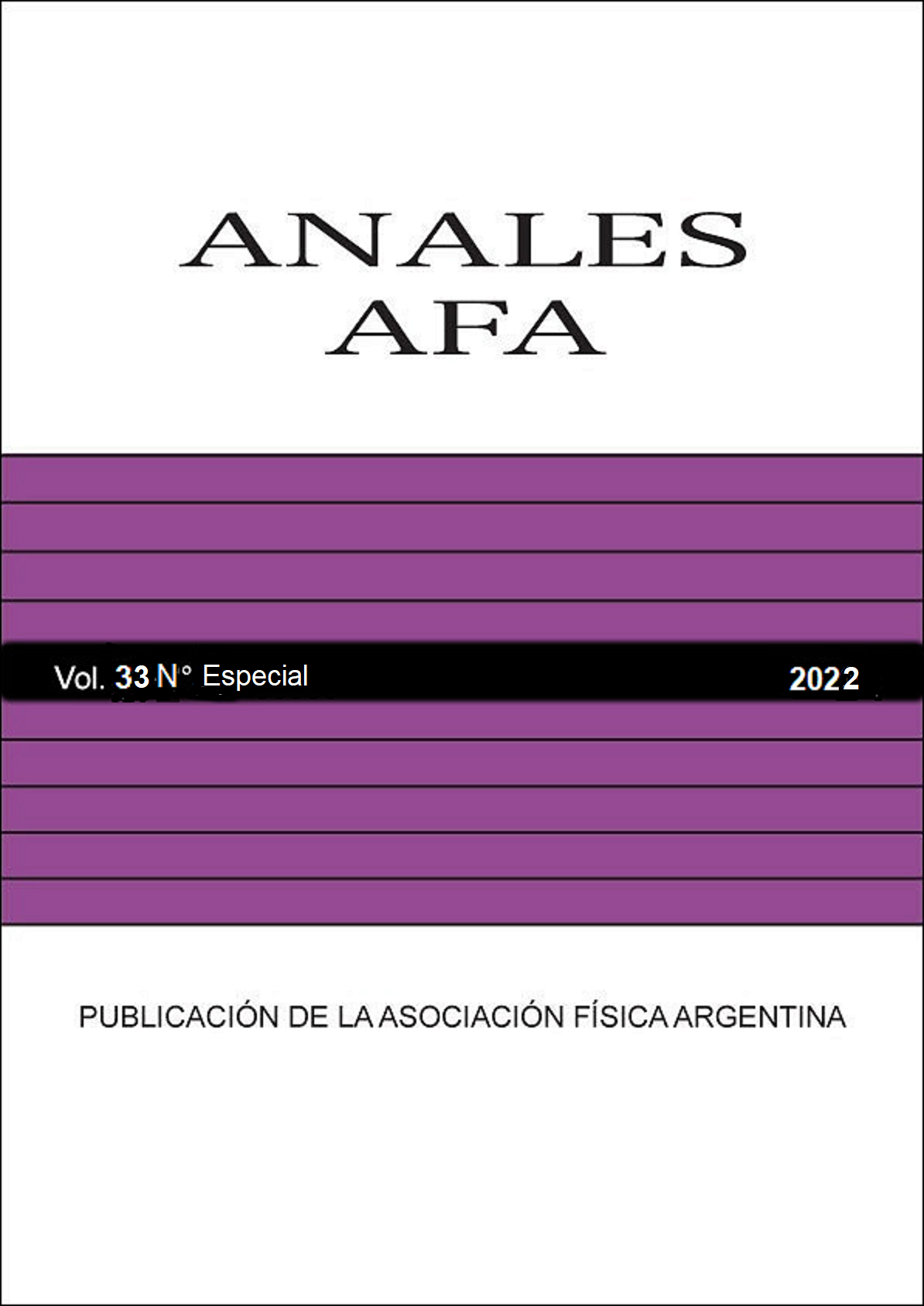TOWARDS MORE DURABLE KNEE PROSTHESES: THE PHAN-THIEN AND TANNER MODEL AND THE ELASTO-HYDRODYNAMIC LUBRICATION
Abstract
The synovial fluid is usually assumed to be Newtonian despite its viscoelastic behavior. In this work a model based on the Reynolds equation and the Phan-Thien and Tanner rheological law (PTT) is presented. The model, of the ellipsoidon-plane type, contemplates the curvature of the articular surfaces and assumes the tibial component, typically made of ultra-high molecular weight polyethylene (UHMWPE), is deformed according to the column model. Using commercial software COMSOL Multiphysics version 5.2, the governing equations of non-Newtonian lubrication flow were simultaneously solved to find the component of the total stress tensor for the PTT model, in the direction perpendicular to the flow, and the lubricating film thickness. From these results the friction forces and friction coefficients on the articular surfaces were calculated. Simulations were carried out for different operating conditions corresponding to elasto-hydrodynamic lubrication, the predominant lubrication mechanism in the simple support phase of the gait cycle. The results show the importance of an adequate model to obtain quantitative information, considering the fluid as Newtonian would lead to overestimations of the lubricant film thickness. The results suggest that, as long as thin film lubrication is the lubrication regime, the viscosupplementation and consequent increase in relaxation constant λ would lead to lower coefficients of friction. However, for the lubrication regime to be thin film lubrication, the relaxation constant of the fluid should be less than 2.5×10−5 s.




